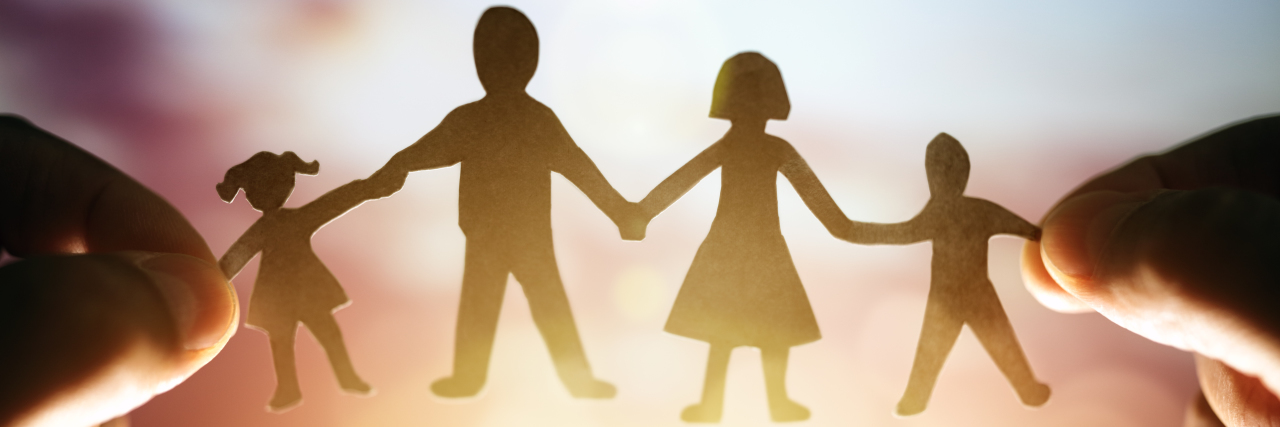For me, inclusion is the opportunity to be welcomed and participate in all aspects of our community. All people should have the chance to choose what and where they engage, and be supported by their society and its systems to do so.
Inclusion is a basic human right — to have full access to education, employment, health services, social connections, financial prospects, and fun and meaningful activities.
Inclusion is an intention before it is an action, activity or policy. To intend to respect the basic humanity of the person in front of you, simply ask, “What do you need?”
We all want to be seen, accepted, loved and given the resources we need to be connected, fulfilled and comfortable. Holistic inclusion embraces this. It is a commitment to partner and collaborate with the person or people who are seeking to engage, and ensure that you see their aspiration through their eyes.
Instead of looking at how someone can merge with existing systems and processes, you need to get “Back to the Person.” Take a step back and see their motivation, goals, capacity and inclusion needs. Then align all the accommodations to empower them to fully participate and engage.
Start with being present and committed to their goal. Consider:
What do they want
How do they want to do it
What are the barriers
And how can these be resolved?
Then simply accept these answers, whether they align with your perceptions or agenda or not. Choice must be relative to capacity, but all plans should always reflect the autistic person’s aspirations.
Autistic people perceive, process and express their worldly experiences uniquely from all other autistic people. No two autistic brains or bodies work alike, so accepting that we require unique accommodations is respecting our neurodiversity. When our capacity for choice is accepted, being curious about how to facilitate inclusion becomes natural.
Be courageous and try something new. Autistic people do this every day to exist in the neurotypical world. We are always assessing how to better fit into your ways, so switching this around would make life so much softer and easier for us.
After trying a new perspective, try kindness. Be generous to the autistic person and genuine in your intentions for inclusion. The process will probably be imperfect, but many would appreciate your attempts at partnership. It is so helpful when people genuinely seek to create a welcoming, comfortable and supportive environment.
Gaze back. This mindset to keep focusing back on the autistic person can be life-changing.
Neurotypical people are usually the gatekeepers to getting a diagnosis, funding, support, accommodations, compassion and policies that impact our daily lives. Real inclusion places the autistic person at the center of all of these processes.
I am so grateful for all positive action, because life has not always been gentle for our family. From the ages of 2 to 4, my son would hit and lash out when he was confused, scared or simply seeking sensory input. For this reason we did not go to playgrounds for two years, and we were unable to find a playgroup where we felt comfortable and included. Our level of struggle was not socially desirable, and we had many lonely years. At a time when I hoped to find community for our young family, I found virtually none.
We decided to move to an area with more autism supports and groups, and a more open-minded community. Slowly we are becoming more connected. And as we accept our autism, others seem to also.
My daughter has trouble focusing and regulating her mind, body and emotions. This means she often follows her own plan, even during class. She is not engaged by her schooling, and would prefer to chat or play. Her lack of social awareness also contributes to this. This is autism. Because we have been unable to motivate her class teacher to support us, her learning and social experiences are not optimal. Due to this, she can be perceived as naughty and some peers don’t want to play with her.
I wish more people were curious about her autistic traits and special interests. Then adjustments could be made to increase her motivation, engagement, concentration, social inclusion and learning — turning the focus back to her.
It was not our autism that was disabling, it was others’ attitudes. In the past I would have possibly believed them. But I have spent many years learning not to judge or reject myself and others. I can’t change the world, but I can change how I respond to it. I have placed the power back on me to decide if we are worthy of being seen, accepted, loved and given support. And I think we are, as everyone is.
So for me, inclusion is an intention before it is an action. Simply be accepting, curious and kind. Just ask, “What do you need?”
Your intention is everything.
This story originally appeared on Gabrielle’s blog.
Getty image by Brian A. Jackson.

